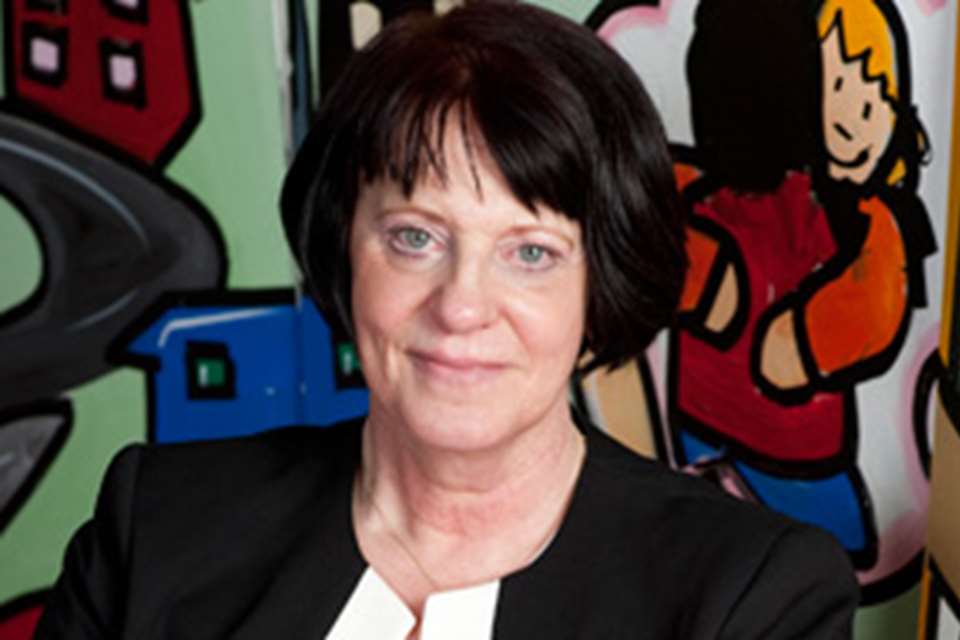Child poverty map reveals 60 per cent poverty rate in London borough
Janaki Mahadevan
Wednesday, March 16, 2011
Eight of the 10 local authorities with the highest levels of child poverty are in London, according to the End Child Poverty campaign.
The campaign mapped levels of child poverty by local authority, parliamentary constituency and local ward level as they stood last summer, in an attempt to show the government how far it must go to live up to the promise of eradicating child poverty by 2020.
According to the map, the worst affected area is Tower Hamlets where the majority of children (57 per cent) are living in poverty. Islington, Hackney, Newham, Manchester, Westminster, Camden, Haringey, Barking and Dagenham, and Nottingham all have more than a third of children living in poverty.
Alison Garnham, executive director of the campaign and chief executive of the Child Poverty Action Group, said: "David Cameron pledged to make British poverty history and we now have a local map of the child poverty rate in each area at the time he took office and his work towards this goal began.
"The child poverty map shows a country divided between children born into very different lives, some fortunate, some with much poorer life chances. It reveals that we still have much higher rates of child poverty than in most other wealthy European countries, reaching 57 per cent of children in one London constituency and more than 60 per cent in some wards."
The campaign is now calling on Chancellor George Osborne to heed the warnings made by the Institute of Fiscal Studies, which claims that absolute child poverty will begin to rise again from 2013.
Osborne will present the Budget next week and campaigners are urging him to explain how child poverty will be reduced, how parents can access jobs that can support their family and rethink cuts made to tax credits, child benefit and childcare support.
Hugh Thornbery, director of children’s services at charity Action for Children, said: "Support for families at the earliest possible stage is the most successful way to sustainably combat child poverty.
"The government must recognise the need for investment into early intervention services as well as addressing family income by increasing job opportunities in the areas that need it most. This is not a case of either-or, we need both, and we believe that the coming Budget and child poverty strategy will be the true tellers of how committed the government really is to extinguishing child poverty in Britain."
The report follows a speech given by Work and Pensions Secretary Iain Duncan Smith last night, where he said that the Conservative Party had ignored the issue of child poverty over the past 13 years.
At the Keith Joseph Memorial Lecture he said: "We seem to have felt uncomfortable discussing poverty, certainly in the context of society at home. Such reluctance has left the issue in the hands of the Left. The result of leaving the field undisputed is that the past 13 years has seen a narrow interpretation of what poverty is and how to solve it. Instead of looking at why people have to live in poverty, the political classes have become damagingly fixated by income levels alone."





